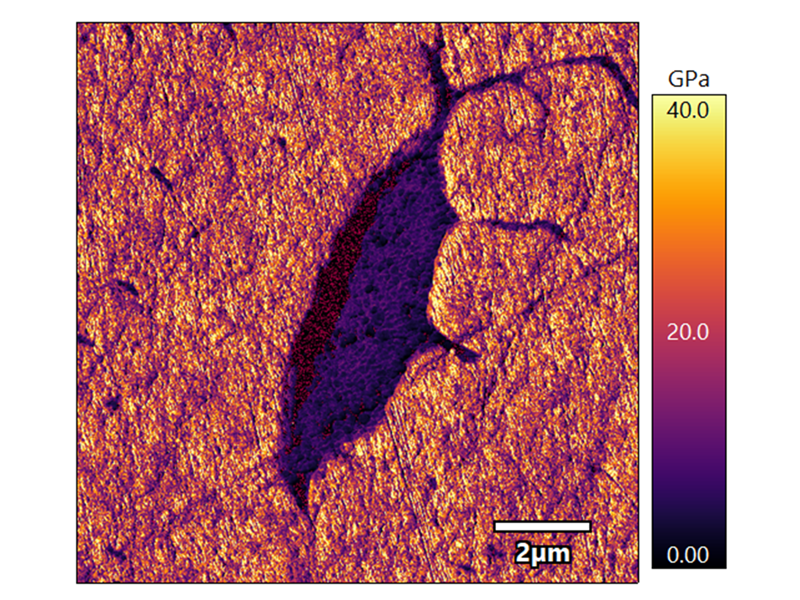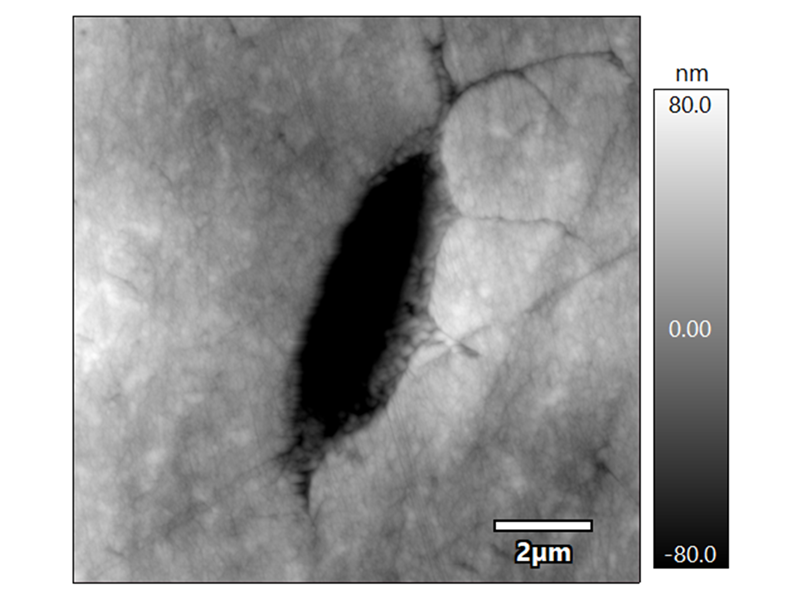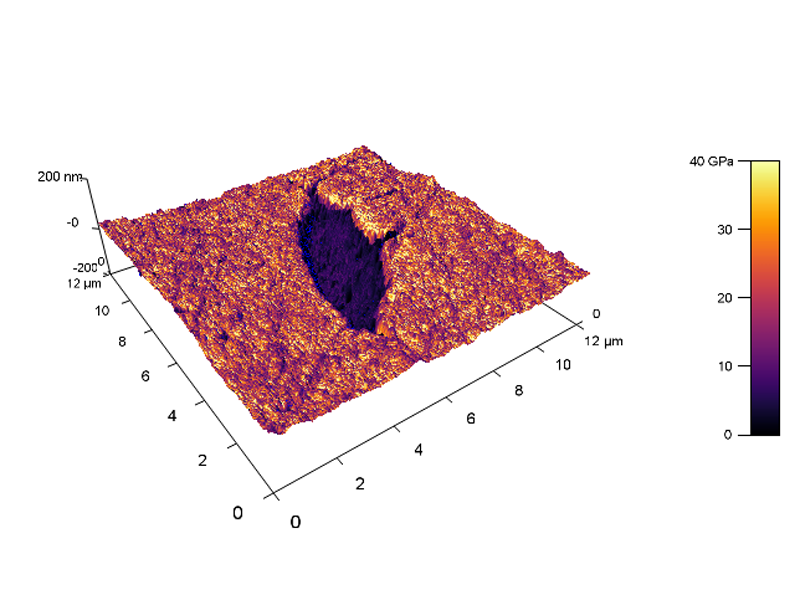Amir Darabi
Name and Position:
Amir Darabi
Graduate Research Assistant
Mechanical & Industrial Engineering Department
Montana State University
What were your central research questions or interests?
My research involves material and mechanical characterization of bio-inspired polymers with tunable mechanical response, using various techniques, e.g. dynamic mechanical analysis (DMA) and atomic force microscopy (AFM). I am also using my AFM experience in a collaboration with Heveran lab on bone research. In this collaboration, we are investigating the role of osteocytes, the most abundant and longest-lived of the bone cells, in maintaining their local bone properties. We are trying to understand the gradations of material properties in bone tissue surrounding osteocytes in hopes of better understanding how these cells locally modulate their surrounding environment and may contribute to whole-bone mechanical properties.
What motivated or inspired your research?
In recent years, osteocytes have been implicated in controlling bone quality through directly resorbing or depositing local bone material in a process known as perilacunar remodeling. Previous studies have used microscale techniques to map gradations in bone material properties, but microscale measurements are not sufficient to capture mechanical effects of perilacunar remodeling. This is why we chose to employ AFM to capture nanoscale gradations in bone tissue material properties surrounding osteocytes in hopes of better understanding the effects of perilacunar remodeling on bone quality.
What is your academic background, and what professional development prepared you to do this research (i.e., what advice to young scientists who might be interested in pursuing this research as a career opportunity?)
In 2016, I earned my BS in Mechanical Engineering at the University of Tehran in Iran, where I worked as a surface nano-engineering lab member. I received my Masters degree in Mechanical Engineering in 2019 from North Dakota State University, and my thesis was focused on Simulation of Hard Coatings. I now work and study at Montana State University and will graduate with a PhD in Mechanical Engineering in 2023. Surface and material engineering is a passion of mine and I have had the privilege to pursue different research in line with my interests. As a researcher, I believe that it is most important to choose a career path that you are passionate about, because there are days that only that passion will encourage you to keep going forward.

12μm-by-12μm maps of modulus and topography of the lacuna in color

12μm-by-12μm maps of modulus and topography of the lacuna in black and white

The topographical changes of a lacuna (home of osteocytes) and its surroundings, with the color representing the modulus at each point. Analysis of the data using MATLAB shows that bone modulus is associated with the distance from the osteocyte.
What were some of the key research findings, and what was their significance and application?
Previously used microscale techniques have failed to capture gradations in bone material properties surrounding osteocytes. We overcame this resolution challenge by using the state-of-the-art AFM with nanoscale resolution available at ICAL. Our preliminary data suggests that nanoscale heterogeneity and material properties change with distance from the osteocyte.
More work is in progress to understand whether these patterns change with aging and if these potential changes associate with the increased bone fragility in aging. The findings of this work may someday influence development of therapeutics to target degradation in bone quality associated with aging.
What was the funding source for this research?
Montana State University; NIH RO3 1R03AG068680; Montana Nanotechnology grant (supported by NSF Grant ECCS-1542210).
Please provide a few recent publications that resulted from your research done at ICAL.
Vahidi, G., Rux, C., Sherk, V. D., & Heveran, C. M. (2020). Lacunar-canalicular bone remodeling: impacts on bone quality and tools for assessment. Bone, 115663.
